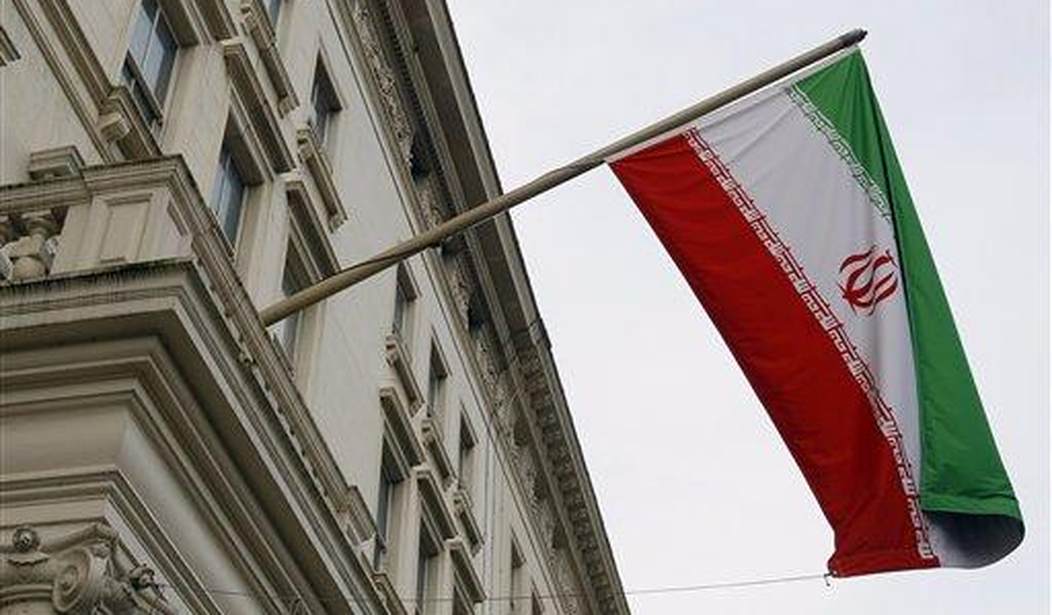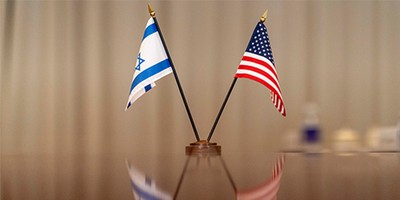The Iranian regime’s brutal crackdown on nationwide protests have continued for over six months, leading to more than 750 deaths and 30,000 arrests. But now, the misogynist mullahs, outraged that young girls had dared to join the protests by staging strikes and walkouts in their schools, have developed a new and even more sinister form of retaliation. Girls’ schools across Iran have been subjected to poisonous gas attacks, leaving many pupils seriously ill.The girls affected have reported the smell of tangerine or rotten fish before falling ill. Hundreds have been taken to hospitals suffering from respiratory problems, nausea, dizziness and fatigue. The gas attacks have been reported in Qom, Isfahan, Tabriz, Urmia, Ilam, Shiraz and the capital, Tehran. The mullahs have lamely tried to blame foreigners, or internal opponents of the regime. Some politicians have even accused emotionally charged adolescents for making false claims about the gas attacks. But there is mounting evidence that hardline factions within the Islamic Revolutionary Guards Corps (IRGC) – the regime’s Gestapo, have been behind the assaults as a way of punishing the schoolgirls for joining the nationwide ’Women, Life, Freedom’ uprising.
Parents and young protesters have taken to the streets to voice their outrage. Several mothers and fathers of poisoned schoolchildren have been viciously beaten by the IRGC and their Basij militia thugs in response. According to the semi-official Mehr government news agency, the most recent cases of the poisoning were reported in Qom last week, when 44 girls were taken to the hospital. The report said that three staff members, in addition to 30 students from a girls’ high school in Urmia, were also hospitalized. Other media reports claim that the poisonings began last November, when thousands of schoolgirls could be seen tearing off their headscarves and chanting anti-government slogans, as the uprising following the death in police custody of the young Kurdish girl Mahsa Amini escalated.
Iran’s Interior Minister, Ahmad Vahidi, stated that no deaths of school pupils resulting from the alleged gas attacks had occurred, but that “suspicious samples” had been collected from 52 schools and were being tested. His claim has been denied by the Washington-based Iran International TV News Channel, who say that an 11-year-old girl, Fatemeh Rezaei, died from the gas poisoning at a school in the holy city of Qom. The regime’s Deputy Health Minister, Younes Panahi, claimed that the girls had been poisoned by chemicals which “are publicly available” and “not military grade.” In February, a crowd of more than 100 angry parents gathered outside the governor’s office in Qom, with one father shouting: "You are obliged to ensure my children's safety! I have two daughters and all I can do is not let them go to school." A video of his furious outburst has been widely circulated on social media. Another woman could be seen shouting: “This is war. They are doing this in a girls' high school in Qom to force us to sit at home. They want girls to stay at home." Many parents have said that their children were ill for weeks following the gas attacks. Videos on social media have shown girls lying dazed on hospital beds while their parents sit beside them.
Recommended
In a sign of panic at worldwide wrath at the gas attacks, the theocratic regime’s Supreme Leader, Ayatollah Ali Khamenei, has finally broken his silence. In a statement last week, he said: "Authorities should seriously pursue the issue of students' poisoning. This is an unforgivable crime...the perpetrators of this crime should be severely punished." His apparent concern has been slated on social media, with many asking why the government has failed to arrest the perpetrators of such a large and coordinated campaign, while it has been ruthlessly efficient in killing and detaining anti-government protesters.
There are approximately 40 million women in Iran, over half under the age of 30. At a time when women in the West have achieved political, economic, personal and social equality, Iranian women are amongst the most repressed in the world, ruled by a regime dominated by misogynists. It is little wonder that the current nationwide protests, which have continued in almost every town and city in Iran for six months, have often been led by or involved the participation of thousands of women, chanting “With hijab or without hijab, we march to revolution.” Female teachers, medical staff, students, factory workers and pensioners have taken to the streets to demand an end to corruption, an end to discrimination and repression and an end to the clerical regime’s aggressive military adventurism across the Middle East. They have been joined by female secondary school and even primary school pupils, ripping off their headscarves and marching in protest, demanding the downfall of the mullahs’ regime.
The theocratic dictatorship in Iran has a history of targeting women with oppressive laws that would not be tolerated in the West or indeed in most countries in the world. In Iran, women are considered the property of their closest male relative and have no legal rights. Girls of 9 can be married off by their parents. A woman’s evidence in court is worth only half that of a man. Women may not seek to have a man charged with rape unless they have four independent witnesses. All family relationships are strictly controlled by Sharia law. Homosexual behavior, adultery, sex outside marriage, are all prohibited. Women accused of such behavior can incur severe punishments, including beatings and death, sometimes by stoning.
Women’s dress codes are also under constant scrutiny. They must wear the hijab and ‘morality police’ are on constant patrol to enforce the law. Women, particularly young women, are singled out for brutal attacks for the ‘crime’ of mal-veiling, as was the case of the brutal killing of Mahsa Amini by the morality police in September 2022. It was this that sparked the ongoing insurrection led by women of all ages. The poison gas attacks are a sign of the mullahs’ frustration that mere schoolgirls could dare to defy their tyrannical laws. The West must not sit idly by as the poison gas attacks continue. The IRGC must be blacklisted as a terrorist organization and the regime’s leaders should be held to account in the international courts for crimes against humanity and human rights abuse.

























Join the conversation as a VIP Member